Home>diy>Building & Construction>How New Construction Homes Work
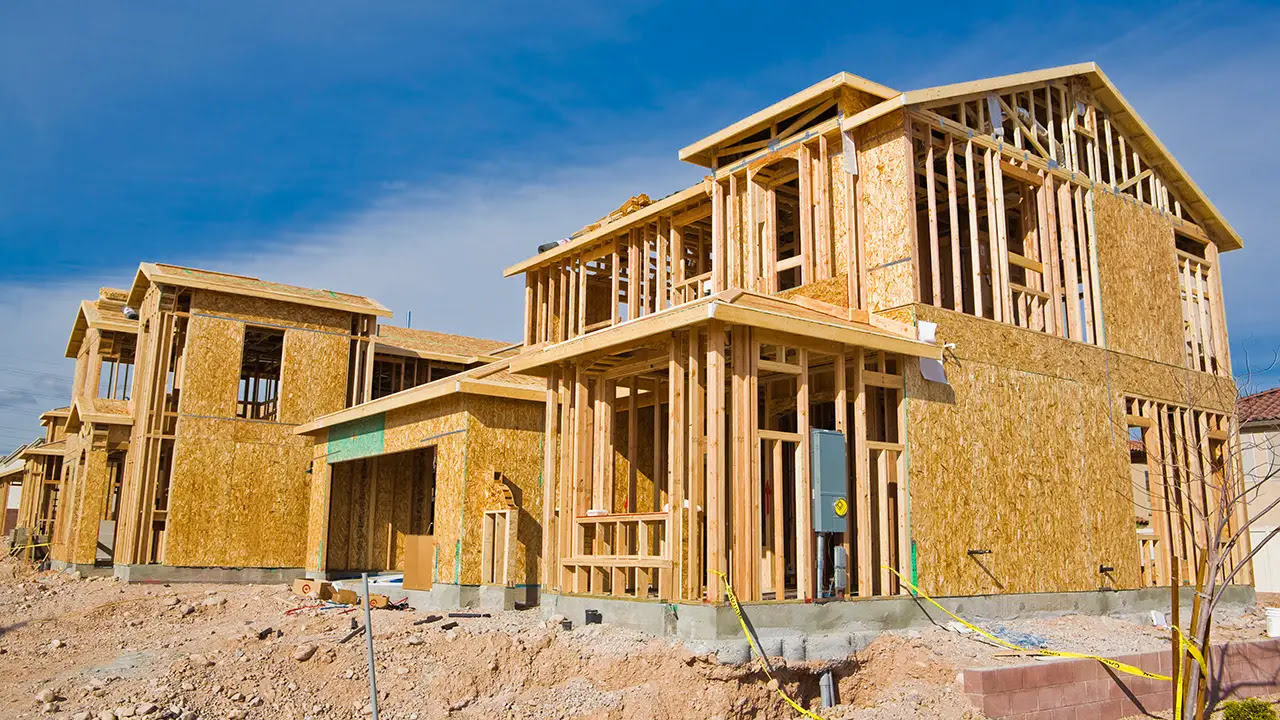

Building & Construction
How New Construction Homes Work
Modified: January 5, 2024
Learn how new construction homes work and get insights into the process of building-construction. Discover the steps involved, from planning to completion, and make informed decisions for your dream home.
(Many of the links in this article redirect to a specific reviewed product. Your purchase of these products through affiliate links helps to generate commission for Storables.com, at no extra cost. Learn more)
Introduction
Welcome to the world of new construction homes, where dreams become reality and homeownership takes on a whole new meaning. Building a new home from scratch offers a unique opportunity to create a living space that perfectly suits your needs, desires, and personal style. In this article, we will explore the basics of new construction homes and provide valuable insights into the construction process, location selection, choosing the right builder, financing options, customization, permits, inspections, timelines, warranties, and the benefits and potential drawbacks of building a new home. So let’s dive in and discover how new construction homes work!
Key Takeaways:
- Building a new construction home offers the unique opportunity to customize every aspect of your living space, incorporating modern features, energy efficiency, and warranty coverage for peace of mind.
- Careful planning, open communication with your builder, and a clear understanding of the construction process are essential for navigating the challenges and enjoying the rewards of building a new construction home.
Read more: How Do Appraisals Work For New Construction
The Basics of New Construction Homes
Before we delve into the intricacies of building a new construction home, it’s important to understand the basic concept behind it. A new construction home is a property that is built from the ground up, typically on a vacant lot. Unlike purchasing an existing home, where you are limited to what is already there, building a new home allows you to have complete control over the design, layout, and features of your future dwelling.
When embarking on the journey of constructing a new home, you have the opportunity to work closely with architects, contractors, and builders to bring your vision to life. You can choose everything from the floor plan, materials, finishes, and fixtures to the color scheme and overall aesthetic. Building a new home is an exciting process that allows you to create a space that is unique to your taste and lifestyle.
Moreover, new construction homes often come with the advantage of being more energy-efficient and technologically advanced than older homes. With the latest innovations in building materials and design techniques, new homes can be highly insulated, have efficient heating and cooling systems, and incorporate smart technology to enhance energy savings and convenience.
As with any significant investment, building a new home requires careful planning and consideration. It’s essential to understand the construction process, select the right location, find a reputable builder, secure financing, and navigate the various choices and decisions that arise during the customization and design phase. Let’s explore these aspects in more detail to gain a comprehensive understanding of how new construction homes work.
The Construction Process
The construction process of a new home involves several key steps that ensure the successful completion of your dream residence. While the specifics may vary depending on the builder and the complexity of the project, the general construction process typically follows a similar sequence of events. Here’s an overview of the construction process:
- Site Preparation: The first step involves clearing the land, leveling the ground, and preparing the site for construction. This may include excavation, grading, and installing necessary utilities.
- Foundation: Once the site is prepared, the foundation is laid. This is the base structure of the house that provides stability and support. It may be a concrete slab or a raised foundation, depending on the design and local building codes.
- Framework: With the foundation in place, the framing of the house begins. This involves erecting the framework, including walls, floor systems, and roof trusses. It’s at this stage that the basic structure of the home takes shape.
- Plumbing, Electrical, and HVAC: Once the framing is completed, the next step is to install the plumbing, electrical wiring, and HVAC (heating, ventilation, and air conditioning) systems. This involves running pipes, wiring, and ductwork throughout the house to provide essential utilities and comfort.
- Insulation and Drywall: After the essential systems are in place, insulation is installed to regulate temperature and reduce energy consumption. Following insulation, drywall is hung, creating the walls and ceilings of the home.
- Interior Finishes: This is the stage where the interior of the home comes to life. It includes installing flooring, cabinets, countertops, paint or wallpaper, trim, and other decorative finishes.
- Exterior Finishes: The exterior finishes involve applying siding, brick or stone veneer, roofing materials, windows, doors, and any other exterior elements to complete the look and protect the home from the elements.
- Final Touches: Once the construction is nearing completion, the final touches are added. This includes installing fixtures, such as lights, faucets, and appliances, as well as conducting a thorough cleaning to prepare the home for occupancy.
- Final Inspections and Certificate of Occupancy: Before you can move into your new home, local building authorities will conduct inspections to ensure compliance with building codes and regulations. Once all necessary approvals are obtained, a certificate of occupancy is issued, indicating that the home meets all safety and building standards.
It’s important to note that each phase of the construction process may have its own timeline and potential delays. Working closely with your builder and staying informed throughout the process will help ensure a smooth and successful construction journey.
Choosing a Location for New Construction
When it comes to building a new construction home, one of the most critical decisions you’ll make is choosing the right location. The location of your new home will not only impact your daily life but also affect its resale value and long-term investment potential. Here are some key factors to consider when selecting a location for your new construction:
- Neighborhood: Assess the character and atmosphere of the neighborhood. Consider factors such as safety, proximity to schools, amenities, and access to transportation. It’s crucial to envision yourself and your family living there and determine if it aligns with your lifestyle and preferences.
- Commute: Evaluate the commute to your workplace or other frequent destinations. Take into account traffic patterns and transportation options, as a long and arduous commute can significantly impact your quality of life.
- Lot Size and Topography: Examine the lot sizes available in the area and determine what suits your needs and desired outdoor space. Additionally, consider the topography of the land and ensure it is suitable for the type of home you wish to build.
- Views and Surroundings: Take note of any scenic views or natural surroundings that may enhance your living experience. Whether it’s a breathtaking mountain vista or a serene waterfront, consider how the surroundings will contribute to your enjoyment of the home.
- Future Development: Research any future development plans in the area. This can include nearby commercial projects or infrastructure changes that may impact property values or disrupt the tranquility of the neighborhood.
- Builder Restrictions: If you have already selected a builder, inquire about any specific locations or communities they work with. Some builders may have partnerships with certain developments or limitations on where they can construct new homes.
- Resale Value: While it’s impossible to predict the future, consider the potential resale value of the location. Factors like the desirability of the neighborhood, school districts, and market trends can impact the value of your investment down the road.
Ultimately, the location you choose should align with your lifestyle, meet your present needs, and offer the potential for growth and value appreciation. Doing thorough research, visiting potential sites, and seeking guidance from real estate professionals can help you make an informed decision and find the perfect location for your new construction home.
Selecting a Builder
Choosing the right builder is crucial to the success of your new construction home project. The builder you select will be responsible for bringing your vision to life, ensuring quality construction, and delivering a home that meets your expectations. Here are some key considerations when selecting a builder:
- Experience and Reputation: Look for builders with a solid track record of experience and a good reputation in the industry. Research their portfolio, read customer reviews, and visit their completed projects to assess the quality of their work.
- Licensing and Insurance: Ensure that the builder is properly licensed and insured. This protects you from any potential liabilities and guarantees that the builder meets all legal requirements and building standards.
- Customization Options: Consider the level of customization the builder offers. Discuss your design ideas and preferences with the builder to ensure they can accommodate your vision. Ask about their process for making changes during the construction phase.
- Timelines and Project Management: Inquire about the builder’s process for managing timelines and coordinating subcontractors. A builder who is well-organized and has effective project management systems in place will help ensure a smooth construction process and timely completion.
- Communication and Collaboration: Building a new home requires effective communication and collaboration between you and the builder. Evaluate their communication style, responsiveness, and willingness to address your concerns. A builder who actively involves you in the decision-making process and keeps you informed throughout the construction journey is essential.
- References and Testimonials: Ask the builder for references from past clients. Reach out to these references to get firsthand feedback on their experience working with the builder. Testimonials can provide valuable insights into the builder’s professionalism, craftsmanship, and customer service.
- Warranties and After-Sales Service: Inquire about the warranties offered by the builder. A reputable builder will provide warranties on various aspects of the home, including structural components and workmanship. Additionally, ask about the builder’s after-sales service and their commitment to resolving any issues that may arise after construction is complete.
- Price and Payment Structure: Understand the builder’s pricing structure and payment schedule. Compare quotes from multiple builders to ensure you are getting a fair price for the quality of construction and level of customization offered.
Take your time to thoroughly vet and interview potential builders. Building a home is a significant investment, and choosing the right builder is essential to ensuring a successful and satisfying construction experience. Trust your instincts, do your research, and select a builder who aligns with your vision and values.
Read more: How Does Buying New Construction Work
Financing Options for New Construction Homes
Building a new construction home is a significant financial undertaking, and understanding the financing options available is essential. Here are some common financing options to consider when planning to build your dream home:
- Construction Loan: A construction loan is specifically designed for financing the construction of a new home. It typically involves two phases: the construction phase, where funds are disbursed to cover the costs of building, and the permanent financing phase, where the construction loan is converted into a traditional mortgage once the home is completed.
- Traditional Mortgage: If you already own the land on which you plan to build your home or have significant savings to cover the construction costs, you may choose to secure a traditional mortgage to finance the entire project. This option may be suitable if you have a strong credit history and meet the income requirements of the lender.
- Builder Financing: Some builders offer their in-house financing options or have partnerships with lenders. These financing options may have specific terms and conditions and can be convenient if you prefer to work with a one-stop-shop for both construction and financing.
- Home Equity Loan or Line of Credit: If you already own a home with equity, you may consider taking out a home equity loan or line of credit to fund the construction. These options allow you to borrow against the equity in your existing property and can provide flexibility in terms of repayment and borrowing amounts.
- Government Programs: Depending on your location and eligibility, there may be government programs that offer assistance or special financing options for new construction homes. These programs can include grants, low-interest loans, or subsidies for certain groups of homebuyers.
When exploring financing options, it’s important to consider factors such as interest rates, repayment terms, closing costs, and any special requirements or restrictions imposed by the lender. Shop around, compare offers from multiple lenders, and consult with a financial advisor to determine the best financing option for your specific needs and circumstances.
Remember that obtaining pre-approval for financing before starting your construction project is highly recommended. This pre-approval will give you a clear understanding of your budget and the maximum loan amount you can secure.
Building a new home is an exciting and complex process, and having the appropriate financing in place is crucial. Carefully weigh your options, seek professional advice, and choose the financing option that aligns with your financial goals and allows you to turn your dream home into a reality.
When purchasing a new construction home, be sure to carefully review the builder’s warranty and understand what is covered. It’s important to know what protections you have in case of any issues with the home.
Customization and Design Choices
One of the most exciting aspects of building a new construction home is the ability to customize and make design choices that reflect your personal style and preferences. From the layout and floor plan to the finishes and fixtures, here are some considerations for customizing your new home:
- Layout and Floor Plan: Work closely with the architect and builder to create a layout that suits your lifestyle and needs. Consider factors such as the number of bedrooms and bathrooms, open-concept versus compartmentalized spaces, and the flow between rooms.
- Exterior Design: Choose an exterior design that matches your architectural preferences and harmonizes with the surrounding environment. Select the siding materials, roof style, windows, doors, and any other exterior elements that contribute to the overall aesthetics of your home.
- Interior Finishes: Personalize your home’s interior with your choice of finishes. Select flooring materials, such as hardwood, tile, or carpet, and choose paint colors or wallpaper patterns that create the desired ambiance. Consider the type of cabinetry, countertops, and backsplashes that align with your style and functional needs in the kitchen and bathrooms.
- Lighting and Fixtures: Lighting plays a vital role in a home’s atmosphere. Take the opportunity to choose fixtures that enhance the overall design and functionality. Consider the placement of overhead lighting, accent lighting, and task lighting in each room.
- Appliances and Technology: Selecting appliances that fit your lifestyle and needs is crucial. Determine what features and functionalities are important to you, whether it’s a high-end stove, energy-efficient appliances, or home automation systems that integrate with smart technology.
- Safety and Energy Efficiency: Consider incorporating features that prioritize safety and energy efficiency. This can include installing smoke detectors, carbon monoxide detectors, security systems, energy-efficient windows, insulation, and HVAC systems.
- Storage Solutions: Plan for ample storage space throughout your home. Customized closets, built-in shelving, and functional cabinetry can help maximize the use of space and keep your home organized.
- Outdoor Living Spaces: Don’t forget to consider outdoor living spaces. Whether it’s a patio, deck, or landscaping features, design outdoor spaces that allow for relaxation, entertainment, and enjoyment of the natural surroundings.
When making design choices, it’s essential to strike a balance between functionality, aesthetics, and budget. Collaborate with the builder, interior designers, and architects to ensure that your design choices align with your vision and contribute to the overall cohesion and value of your new home.
Remember, customization and design choices can significantly impact the cost and timeline of your project. It’s important to communicate your preferences clearly, plan in advance, and consider any necessary adjustments to your budget and construction schedule.
Building a new home is an exciting opportunity to create a space that truly reflects your personality and lifestyle. Embrace the customization process and enjoy the satisfaction of seeing your unique design choices come to life!
Permits and Inspections
Building a new construction home involves navigating various permits and inspections to ensure compliance with local building codes and regulations. These processes are vital for ensuring the safety, structural integrity, and adherence to quality standards of your new home. Here’s an overview of permits and inspections you’ll likely encounter during the construction process:
- Building Permits: Before construction can begin, you’ll need to obtain a building permit from the local building department or municipality. This permit verifies that your construction plans meet the required codes and regulations. The application process typically involves submitting detailed plans, paying fees, and providing any necessary documentation.
- Foundation Inspection: Once the foundation is completed, a building inspector will visit the site to inspect the foundation’s integrity, including dimensions, reinforcement, and proper drainage. This inspection ensures that the foundation meets the approved plans and local building standards.
- Framing Inspection: After the walls, floors, and roof framing are completed, a framing inspection is conducted. The inspector will examine the structural components, including the framing materials, connections, and overall stability of the structure.
- Electrical, Plumbing, and HVAC Inspections: As the construction progresses, inspectors will visit the site to examine the installation of electrical, plumbing, and HVAC systems. This includes verifying the proper installation of wiring, pipes, fixtures, and equipment to ensure compliance with safety codes and standards.
- Insulation Inspection: Before the drywall is installed, an insulation inspection is conducted. The inspector will assess the installation of insulation materials, such as batts or blown-in insulation, to verify that it meets the required R-values and is properly installed according to the plans.
- Final Inspection: Once the construction is completed, a final inspection is conducted to ensure that all systems, finishes, and safety features are in place and meet the necessary standards. This inspection covers a range of areas, including electrical connections, plumbing fixtures, HVAC functionality, and compliance with fire safety codes.
It’s important to note that the specific permits and inspections required may vary depending on your location and the scope of your project. Working closely with your builder and consulting with local building authorities will help ensure that you are aware of the necessary permits and inspections for your specific project.
Failure to obtain the required permits or pass inspections can result in delays, fines, or even the need to re-do work that does not meet code requirements. It is crucial to prioritize compliance with building regulations to ensure the safety, quality, and value of your new construction home.
While permits and inspections add time and possibly additional costs to the construction process, they provide peace of mind and assurance that your home is being built to the highest standards. Embrace the process as an essential step towards creating a safe and structurally sound living space for you and your family.
Timeline for Building a New Construction Home
Building a new construction home requires careful planning and coordination. While the timeline can vary depending on factors such as the size and complexity of the project, as well as external factors like weather conditions and permit processing, here is a general overview of the typical timeline for building a new construction home:
- Pre-Construction: This phase involves selecting a builder, finalizing design plans, obtaining necessary permits, and securing financing. This stage can take several weeks to a few months, depending on the complexity of the project and local regulations.
- Site Preparation: Once the pre-construction phase is complete, the site preparation begins. This includes clearing the land, leveling the ground, and preparing the site for construction. Site preparation usually takes a few weeks, depending on the size and condition of the land.
- Foundation: The foundation is the next step, and it typically takes around one to two weeks to complete. This includes excavation, foundation pouring, and any required curing time.
- Framework: After the foundation is in place, the framework of the house is constructed. This phase usually takes about six to eight weeks, as it involves erecting walls, floors, and roof structures.
- Plumbing, Electrical, and HVAC: Once the framework is completed, the plumbing, electrical, and HVAC systems are installed. This typically takes several weeks, depending on the complexity of the systems and the size of the home.
- Insulation and Drywall: After the essential systems are in place, insulation is installed, followed by the installation of drywall. This phase usually takes around two to three weeks. Once the drywall is up and finished, the interior of the home starts to take shape.
- Interior Finishes: During this phase, the interior finishes of the home are completed. This includes flooring, cabinets, countertops, paint, and fixtures. The duration of this phase can vary depending on the level of customization and the size of the home.
- Exterior Finishes: Simultaneously with the interior finishes, exterior finishes are being installed. This includes siding, roofing, windows, and landscaping. This phase can take a few weeks to a couple of months, depending on the specific finishes and landscaping requirements.
- Final Touches and Inspections: Once the construction is near completion, the final touches such as installing fixtures, conducting a thorough cleaning, and performing final inspections take place. This step ensures that everything is in compliance with building codes and ready for occupancy.
The timeline provided is a general guideline, and the actual duration can vary based on individual project factors and unforeseen circumstances. It’s important to note that unexpected delays, such as inclement weather or supply chain disruptions, can impact the construction timeline.
When planning your new construction home, work closely with your builder to establish a realistic timeline and maintain open communication throughout the construction process. Regular updates and progress reports will help you stay informed and manage your expectations accordingly.
Remember, building a new home is a significant undertaking, and patience is key. By understanding the general timeline and being prepared for potential delays, you can navigate the construction process more smoothly and anticipate the joy of finally moving into your dream home.
Read more: How Does A New Home Construction Loan Work
Warranty and Maintenance for New Construction Homes
When building a new construction home, it’s important to understand the warranty coverage and establish a maintenance plan to protect your investment and ensure the longevity of your new home. Here’s what you need to know about warranty and maintenance for new construction homes:
Warranty Coverage:
Most reputable builders provide a warranty for their newly constructed homes. Warranty coverage typically includes protection against structural defects and workmanship issues. It’s essential to review the warranty documentation provided by your builder to understand the specific terms, duration, and coverage details. Common warranty periods can range from one to ten years, depending on the component or system.
During the warranty period, if you encounter any issues or defects covered by the warranty, it’s important to promptly notify your builder and document the problem in writing. The builder is typically responsible for correcting or repairing these covered issues at no additional cost to you.
Maintenance Plan:
Implementing a regular maintenance plan is crucial to preserving the condition and value of your new construction home. Here are some key areas to focus on:
- Exterior: Regularly inspect the exterior of your home for any signs of damage, such as cracks in the foundation, damaged siding, or loose roof shingles. Keep the gutters clean and ensure proper drainage to prevent water damage.
- Interior: Check the interior spaces for any signs of moisture, leaks, or cracks. Keep an eye on the functioning of doors, windows, and cabinets. Test safety features, including smoke detectors and carbon monoxide detectors, regularly to ensure they are in proper working order.
- Plumbing and Electrical: Monitor the performance of your plumbing and electrical systems. Look for any leaks, faulty faucets, or wiring issues. Schedule regular maintenance for HVAC systems, including replacing filters and conducting professional inspections.
- Landscape and Outdoor Spaces: Maintain the landscaping by mowing the lawn, pruning trees and bushes, and watering as needed. Inspect outdoor structures, such as decks or patios, for structural integrity and make repairs if necessary.
- Appliances and Fixtures: Follow manufacturer guidelines for the maintenance of appliances and fixtures. Clean and maintain them regularly to ensure optimal performance.
Builder Communication:
It’s important to maintain open lines of communication with your builder even after the construction is complete. If you encounter any issues or have concerns about the home’s performance, reach out to your builder for assistance and guidance. Building a good rapport with your builder can help address any warranty-related matters efficiently.
By adhering to a regular maintenance plan and promptly addressing any issues that arise, you can prolong the life of your new construction home and protect the warranty coverage provided by your builder. Regular maintenance not only ensures the proper functioning of your home’s systems but also helps maintain its value and aesthetic appeal over time.
Remember, each builder’s warranty coverage and recommended maintenance practices may vary. Therefore, it’s important to refer to your specific builder’s documentation for detailed information and guidance related to your new construction home.
Benefits and Potential Drawbacks of New Construction Homes
Building a new construction home offers a range of benefits and potential drawbacks that you should consider before embarking on the journey. Understanding these factors will help you make an informed decision regarding whether a new construction home is the right choice for you. Here are some key benefits and potential drawbacks to consider:
Benefits of New Construction Homes:
- Customization: Building a new home allows you to personalize the design, layout, and finishes according to your specific preferences. You have the freedom to create a space that aligns with your lifestyle and reflects your unique style.
- Modern Features and Energy Efficiency: New construction homes often incorporate the latest technologies and energy-efficient features. From advanced insulation and high-performance windows to smart home systems, you can enjoy the benefits of a well-designed, eco-friendly home.
- Warranty Coverage: Most builders offer warranties that provide protection against structural defects and workmanship issues for a certain period. This coverage offers peace of mind and can save you from incurring additional expenses for repairs that arise due to construction-related issues.
- Less Maintenance: New construction homes typically require less maintenance than older homes. With modern materials and technologies, you can enjoy a home that is designed to withstand the test of time with minimal upkeep.
- Updated Building Codes and Safety Standards: New construction homes are built to comply with the latest building codes and safety standards. This means you can have confidence in the structural integrity and safety of your new home.
Potential Drawbacks of New Construction Homes:
- Construction Timeline and Delays: Building a new home requires patience, as the construction process can be lengthy. Delays due to weather, permit issues, or unexpected challenges can prolong the timeline and impact your move-in plans.
- Higher Costs: Building a new home may come with a higher price tag compared to purchasing an existing home. Costs can include not only the purchase price but also customization expenses, potential upgrades, and additional fees associated with the construction process.
- Navigating the Construction Process: Building a new home requires involvement in various decisions and coordination with the builder. It can be challenging to make design choices, manage timelines, and address unexpected issues that may arise during the construction journey.
- Neighborhood Development: When building in a new development, you may experience ongoing construction activities and potential disruptions due to neighborhood development. This can affect the tranquility and overall ambiance of the area during the initial years.
- Limited Established Amenities: New construction homes may lack the mature trees, established infrastructure, and amenities of older neighborhoods. It can take time for a new community to develop and offer the same level of convenience and character as established areas.
It’s important to carefully weigh the advantages and disadvantages of new construction homes based on your personal preferences, budget, and lifestyle. Consider your long-term plans, financial situation, and willingness to be involved in the construction process before making a decision.
Working closely with a reputable builder, conducting thorough research, and seeking advice from real estate professionals will help you navigate the pros and cons of building a new home. With careful consideration, you can determine whether a new construction home aligns with your vision and goals for homeownership.
Conclusion
Building a new construction home is an exciting and rewarding endeavor that offers the opportunity to create a space that perfectly suits your lifestyle and preferences. Throughout this article, we’ve explored the basics of new construction homes, from the construction process to choosing a location, selecting a builder, financing options, customization, permits and inspections, timeline, warranty, and potential drawbacks.
While building a new home comes with its challenges and considerations, the benefits often outweigh the potential drawbacks. The ability to customize your home, incorporate modern features and energy efficiency, and enjoy the peace of mind provided by warranties are just a few of the advantages of building a new construction home. With careful planning, open communication with your builder, and a clear understanding of the processes involved, you can navigate the construction journey with confidence.
Remember that building a new home requires patience, as the process can take time and unforeseen delays may occur. However, the end result—an exceptional and personalized living space that you can call your own—makes the journey well worth it.
Whether you’re a first-time homebuyer or looking to upgrade to your dream home, consider the possibilities that new construction homes offer. By working closely with professionals, conducting thorough research, and staying informed throughout the process, you can turn your vision into a reality.
Ultimately, building a new construction home is an investment in your future and a place where memories will be made. So go ahead, take that leap of faith, and create the home of your dreams!
Frequently Asked Questions about How New Construction Homes Work
Was this page helpful?
At Storables.com, we guarantee accurate and reliable information. Our content, validated by Expert Board Contributors, is crafted following stringent Editorial Policies. We're committed to providing you with well-researched, expert-backed insights for all your informational needs.
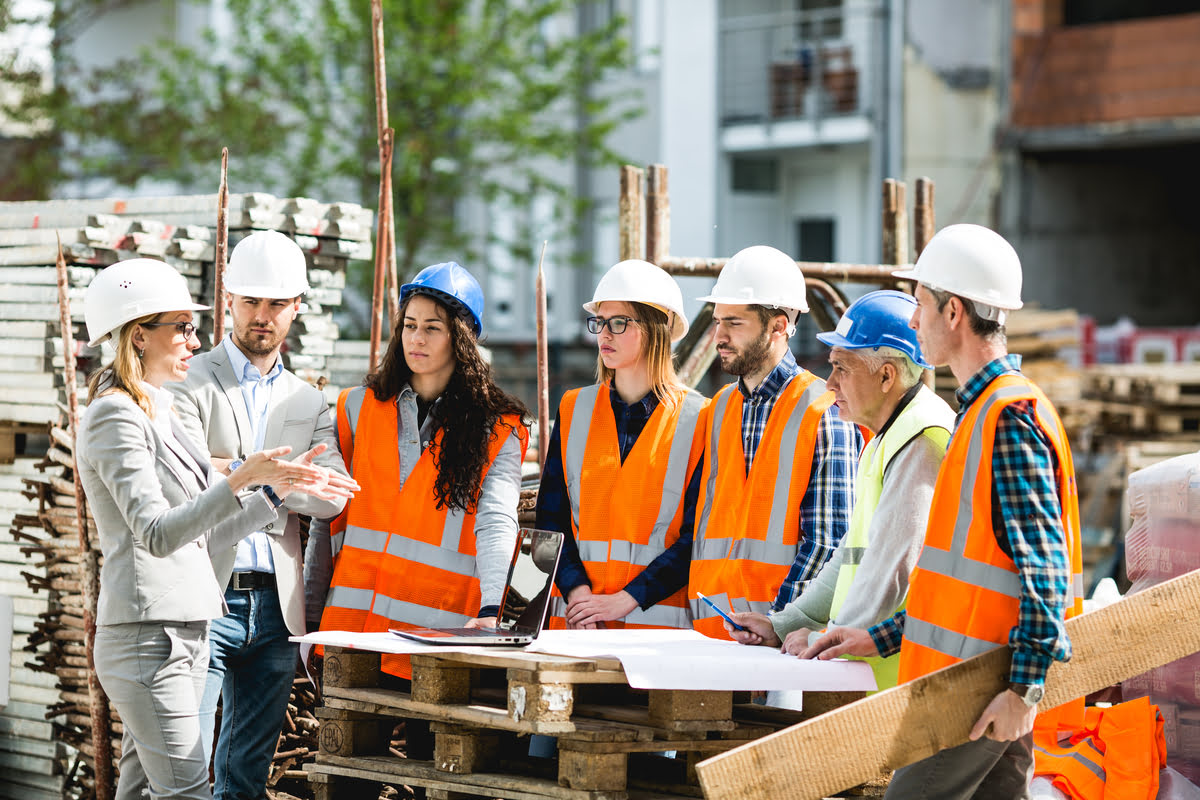
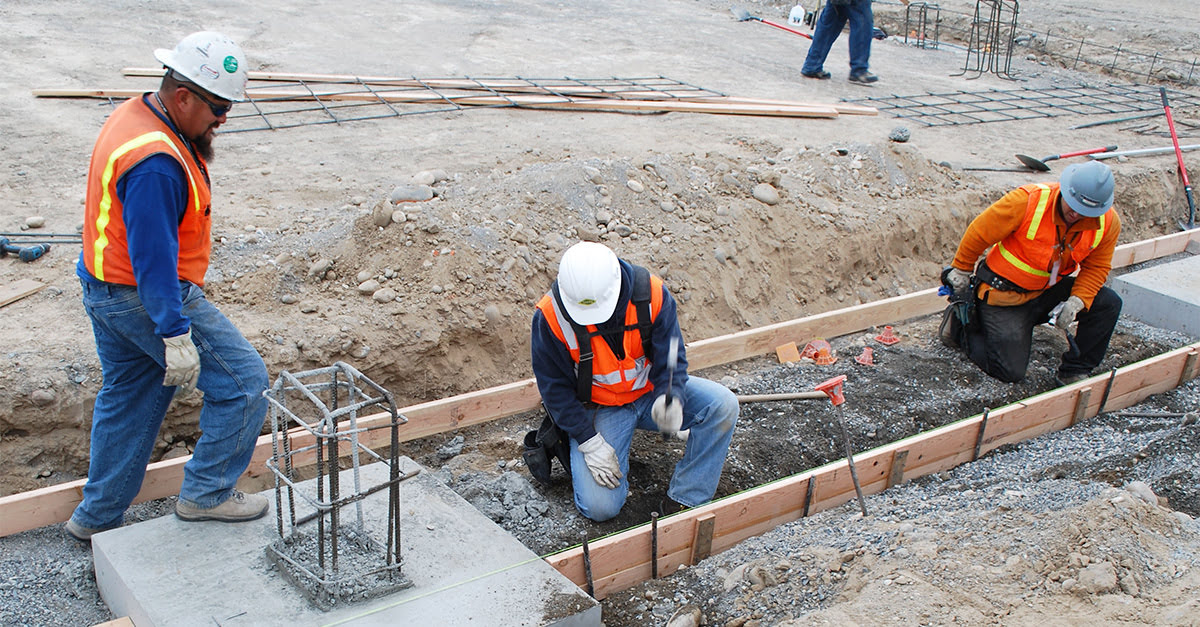
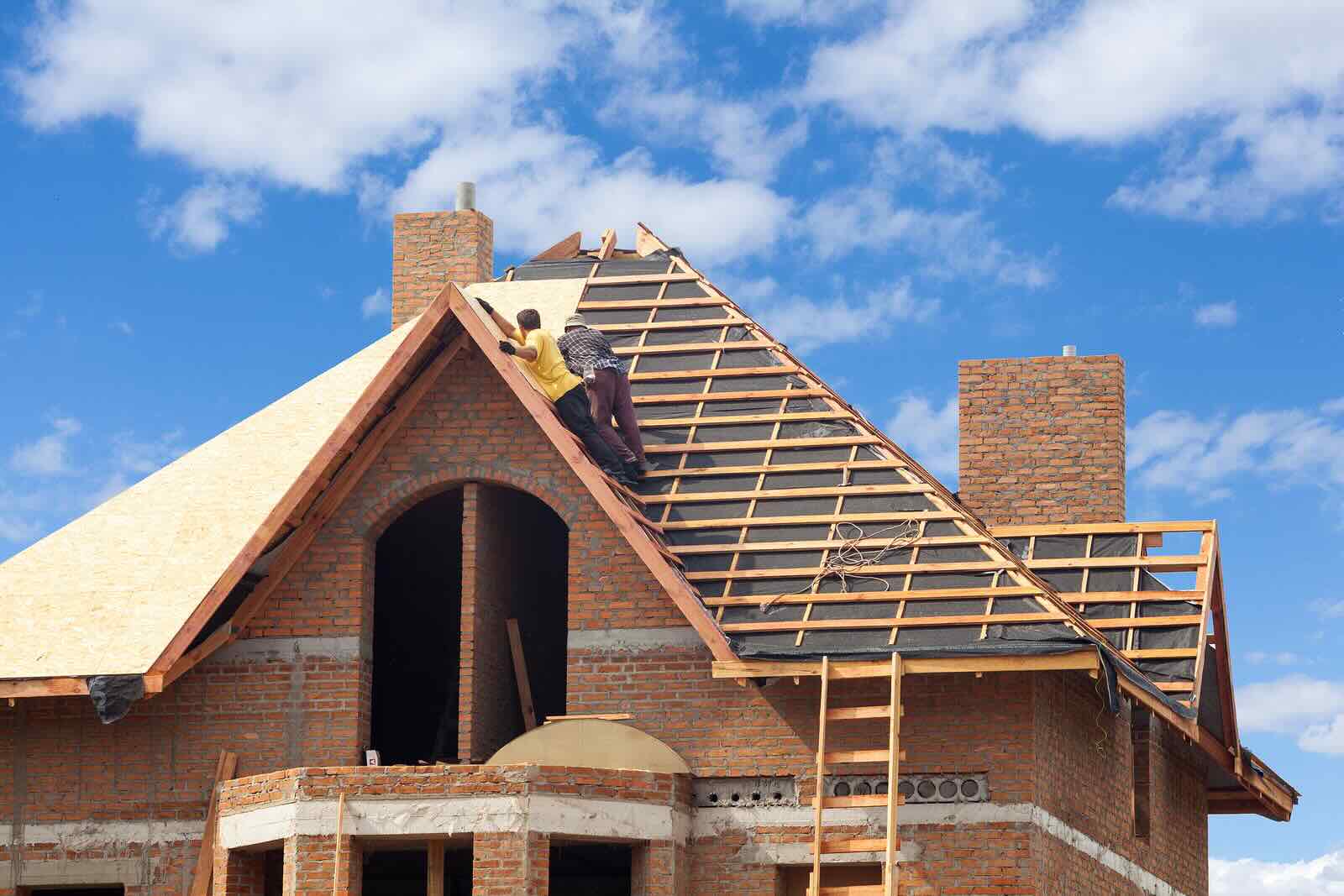

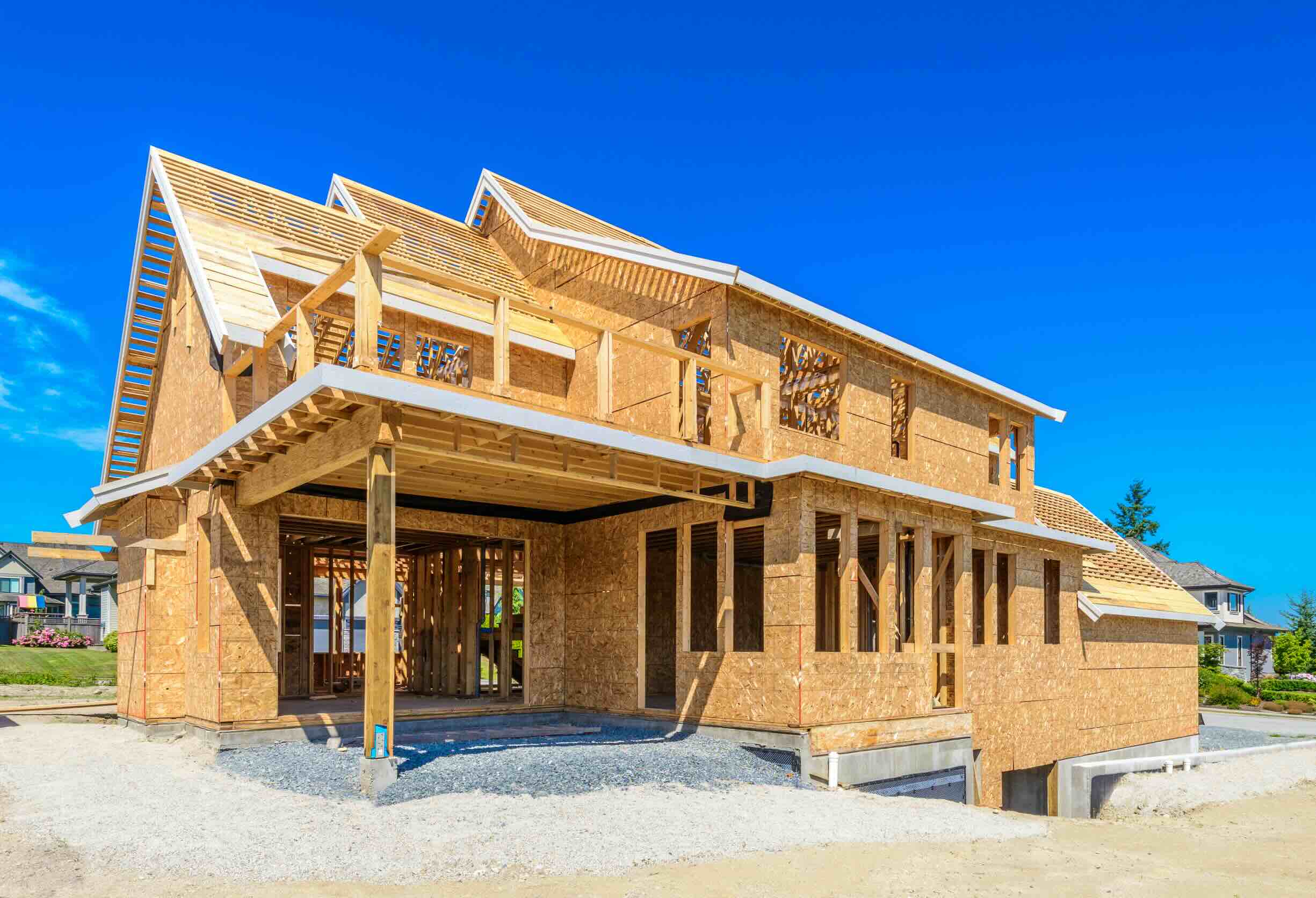
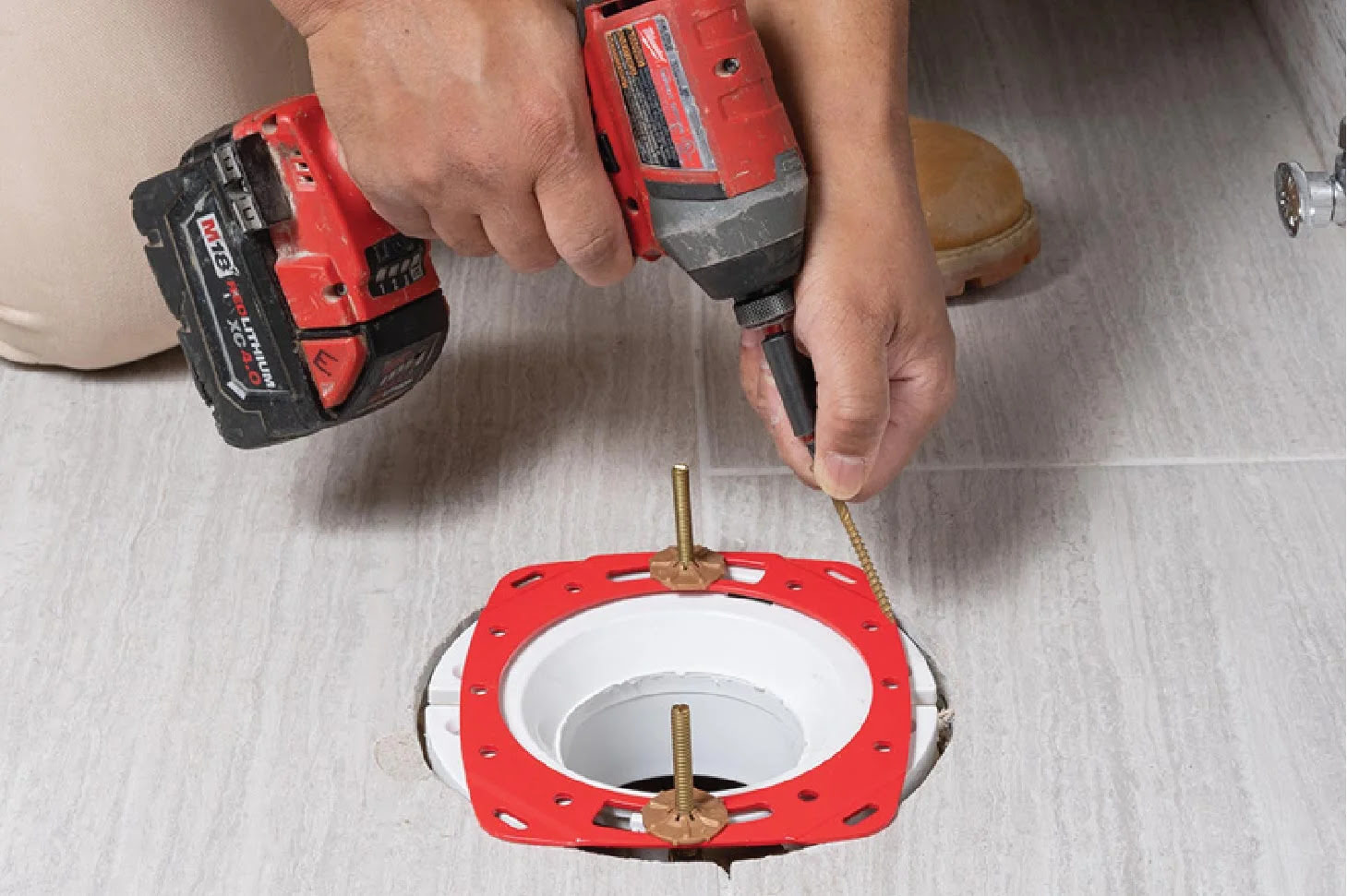

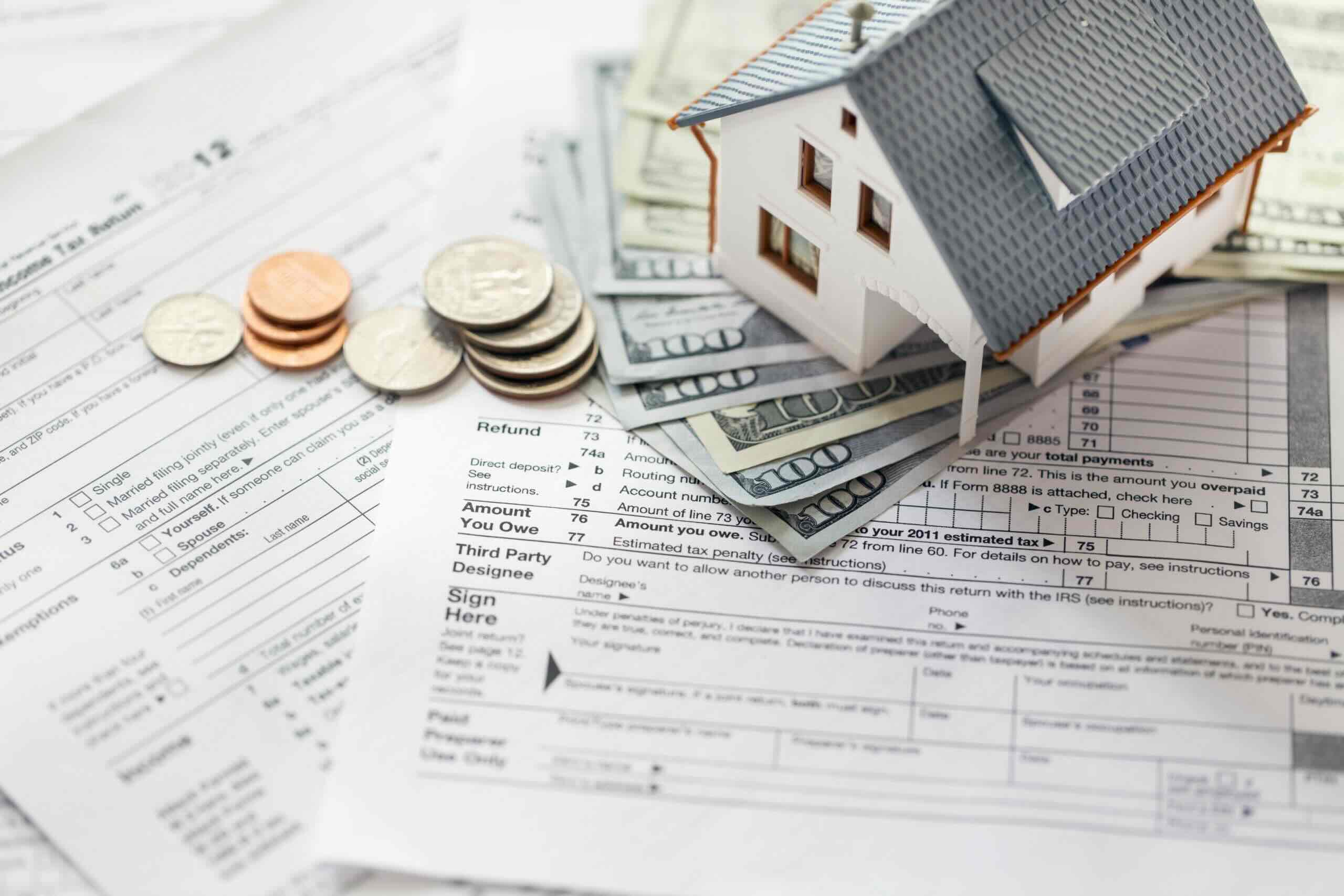

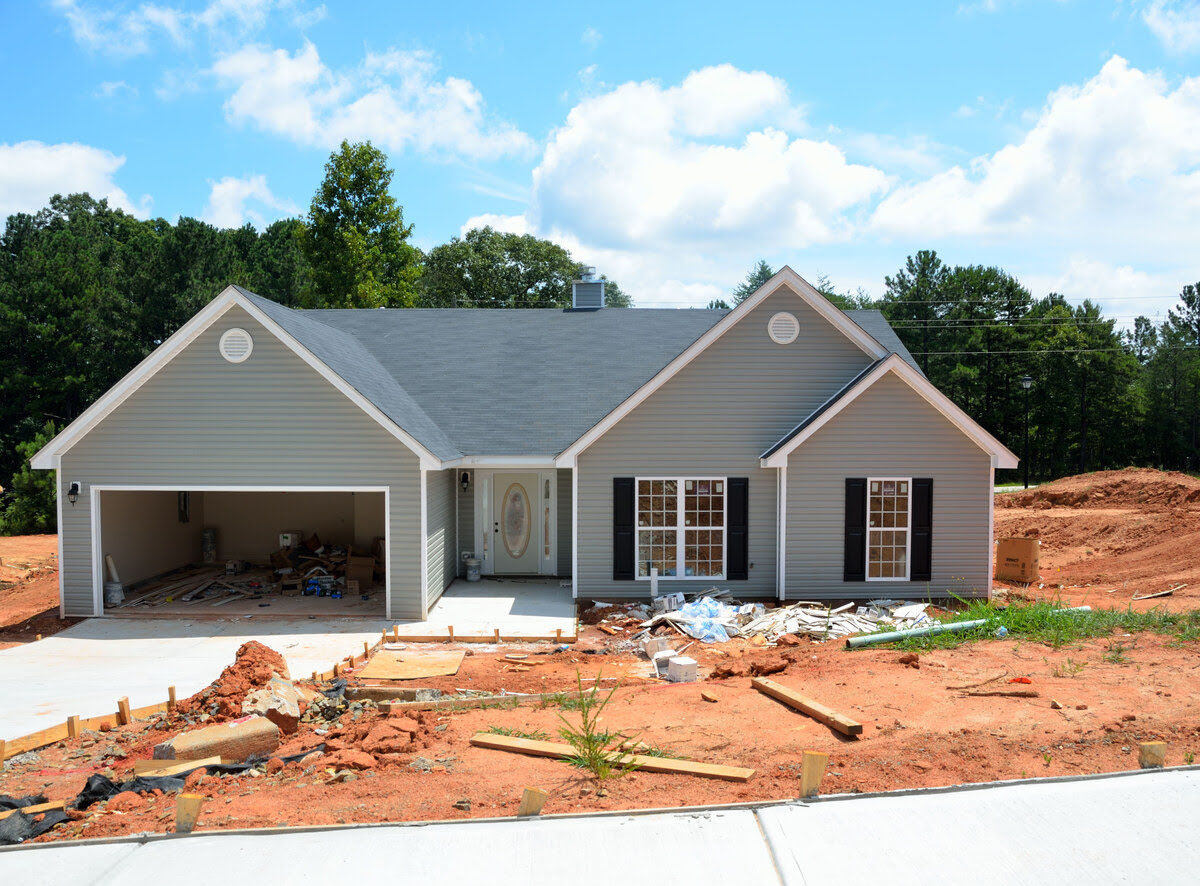
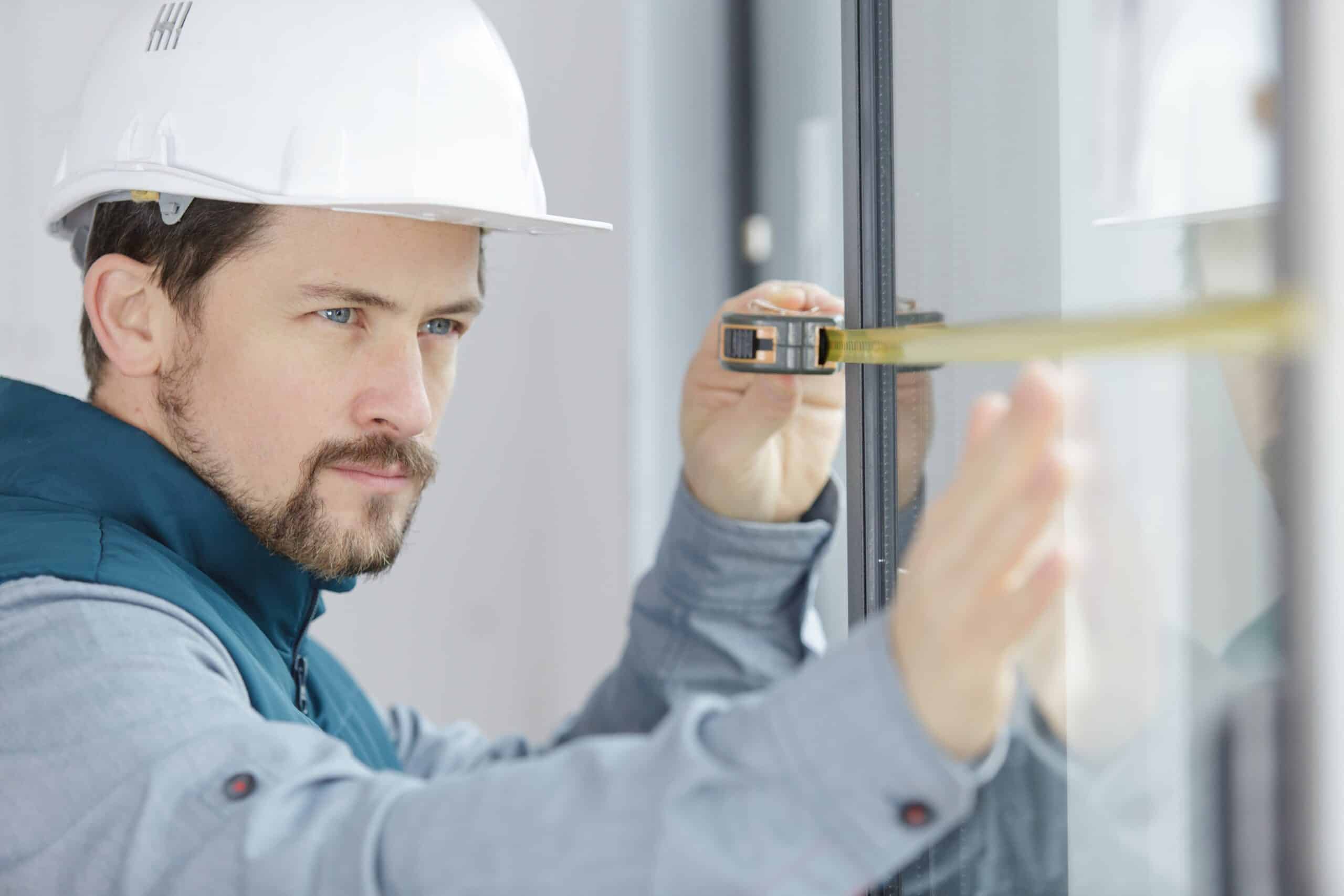

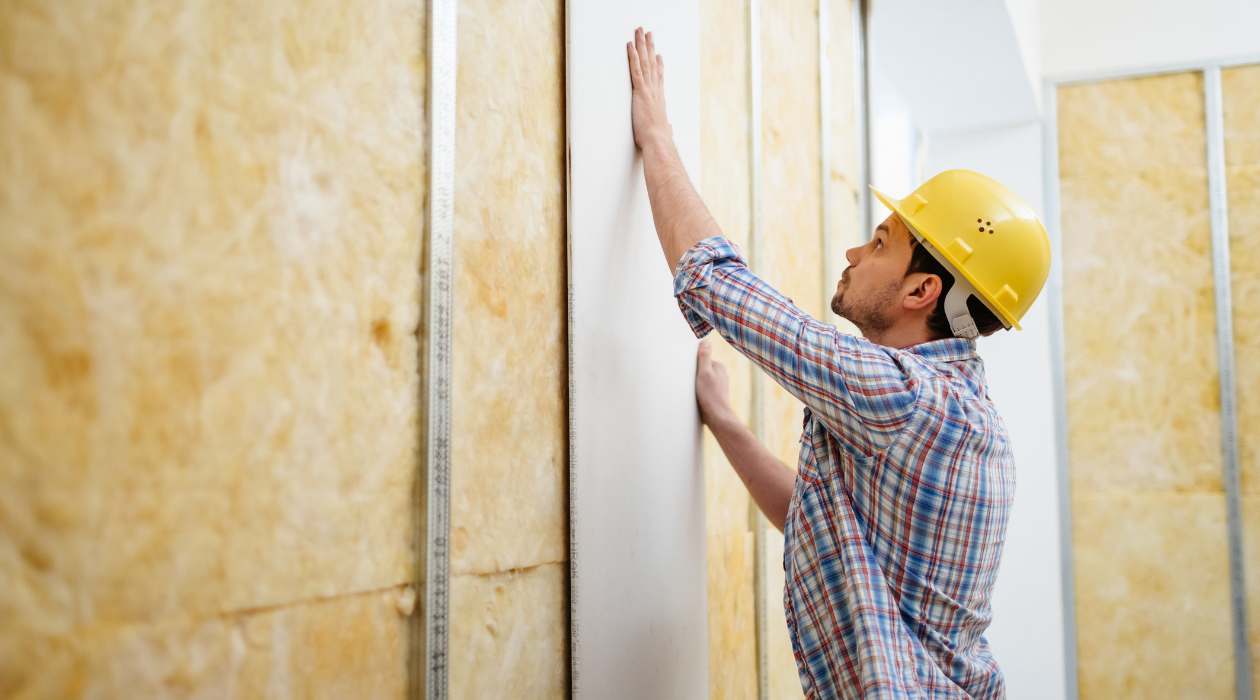

0 thoughts on “How New Construction Homes Work”